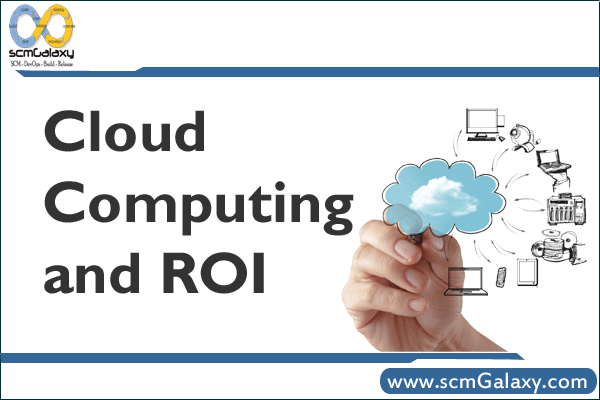
Cloud Computing and ROI
Most think cloud computing is about the ability to save operational costs. That may or may not be the case, depending upon your enterprise or ecommerce problem domain. Indeed, there are many dimensions to consider here, including:
- Ongoing operational cost reduction.
- The value of preserving capital.
- The value of upsizing on-demand.
- The value of downsizing on-demand.
- The value of shifting the risk.
- The value of agility.
Let’s explore each:
Operational Cost Reduction
We all know that cloud computing is cheap…okay, cheaper…okay, it can be cheap. Thus it’s a good idea to figure out the actual cost reductions that cloud computing can bring to your enterprise IT. The trick here is not only to figure out how much money can be saved, but how much it will cost to save that money.
Preserving Capital
It’s money in the bank which allows the business to run. The more money we have in the bank, the more we can purchase things for the core business such as inventory that can be sold, or new plant equipment that will save the company money during production. In any event, it’s good to keep as much capital as possible on hand to invest in the business, and not into infrastructure such as data centers, hardware, and software.
Upsizing On-Demand
Core to the ability to preserve capital is the ability to upsize your IT infrastructure on demand, or simply pay more operational dollars for additional computing capacity which would traditionally require a capital expenditure. Many cloud computing providers call this being elastic, or the ability to grow or contract to accommodate the business. For example, you can call upon the cloud computing provider to support an additional user and processing load through the holiday, when considering ecommerce solutions.
Downsizing On-Demand
Like upsizing on-demand, you need to consider what it will take to reduce computing capacity and dollars paid. What does it take to scale down in case you no longer need the computing resource and want to reduce costs as well? Such is the case within many ecommerce systems with capacity requirements that are seasonal.
Shifting the Risk
Another core value of cloud computing is the ability to shift the risk from your enterprise to the cloud computing provider. This concept refers to the fact that, since it’s up to the cloud provider to handle the computing processing load and you’ll pay by use, then it’s possible to reduce the risk that you’ll run out of capacity to support your customers and core business processes. The risk functionally shifts to the cloud provider who is better suited to accept that risk.
Agility
Agility means the ability to change the IT infrastructure faster to adapt to the changing needs of the business, such as market downturns, or the introduction of a key product to capture a changing market. This, of course, provides a strategic advantage and allows the business to have a better chance of long-term survival. These days many enterprises are plagued by IT infrastructures that are so poorly planned and fragile that they hurt the business by not providing the required degree of agility.
Article Source: http://www.getelastic.com/cloud-computing-and-roi/
- How to remove sensitive warning from ms office powerpoint - July 14, 2024
- AIOps and DevOps: A Powerful Duo for Modern IT Operations - July 14, 2024
- Leveraging DevOps and AI Together: Benefits and Synergies - July 14, 2024


